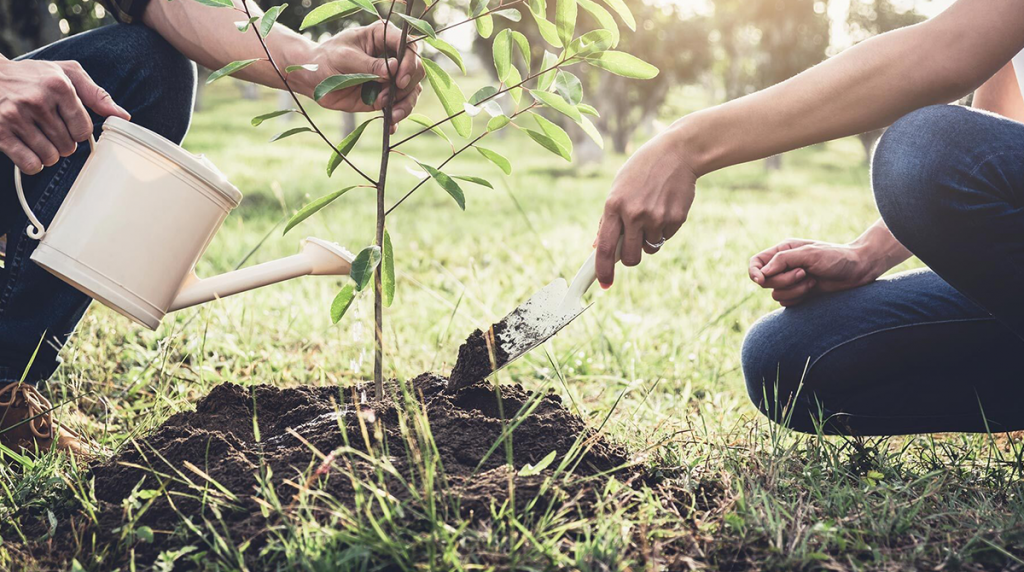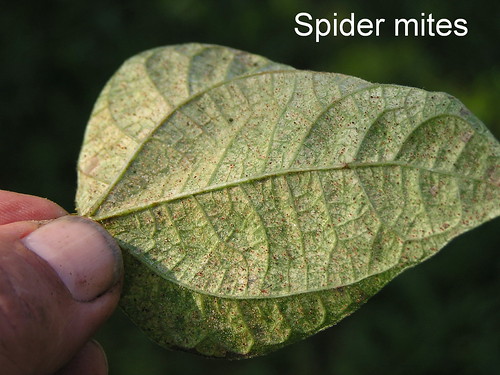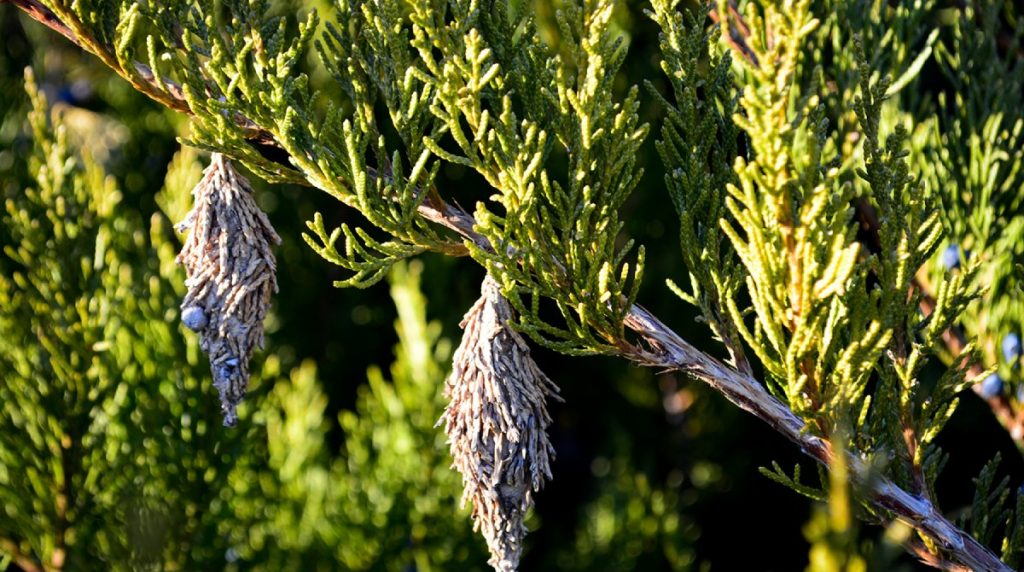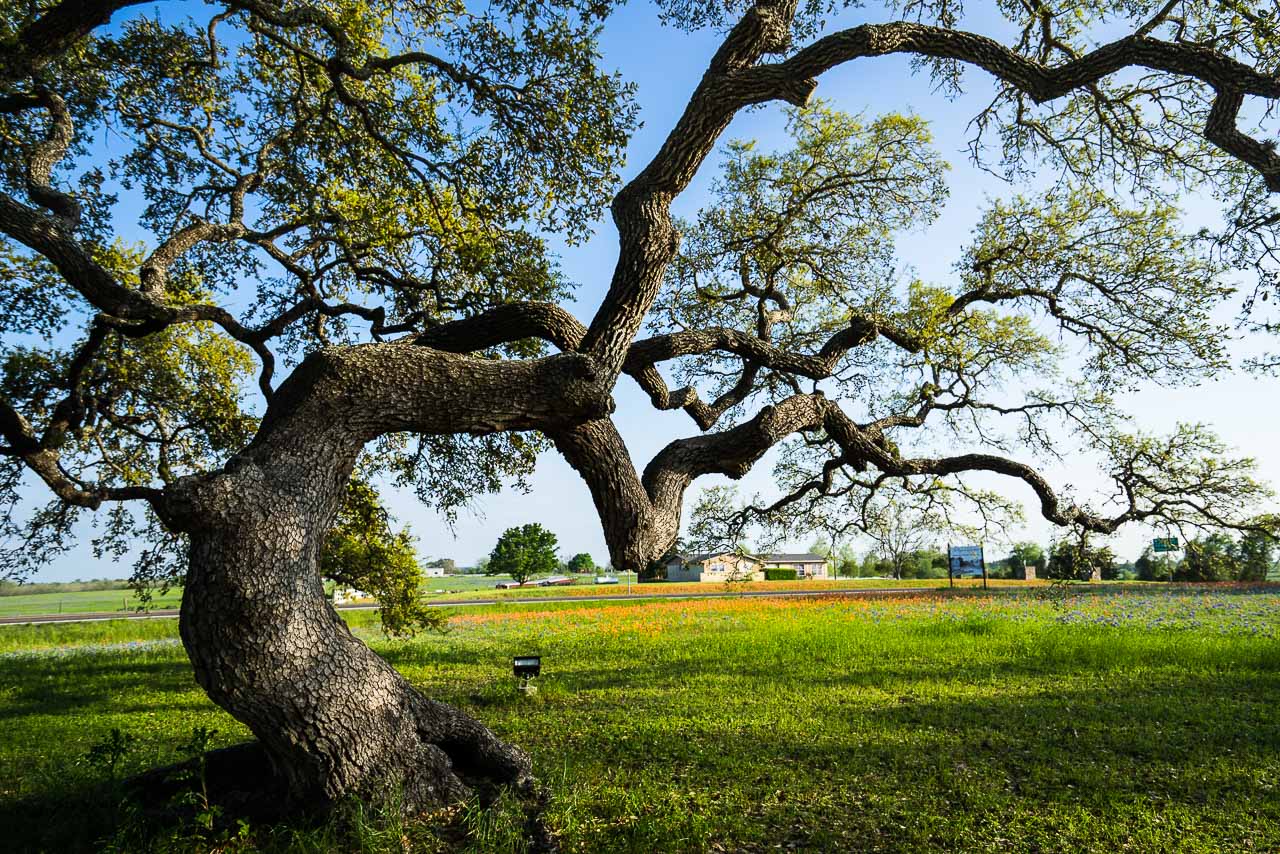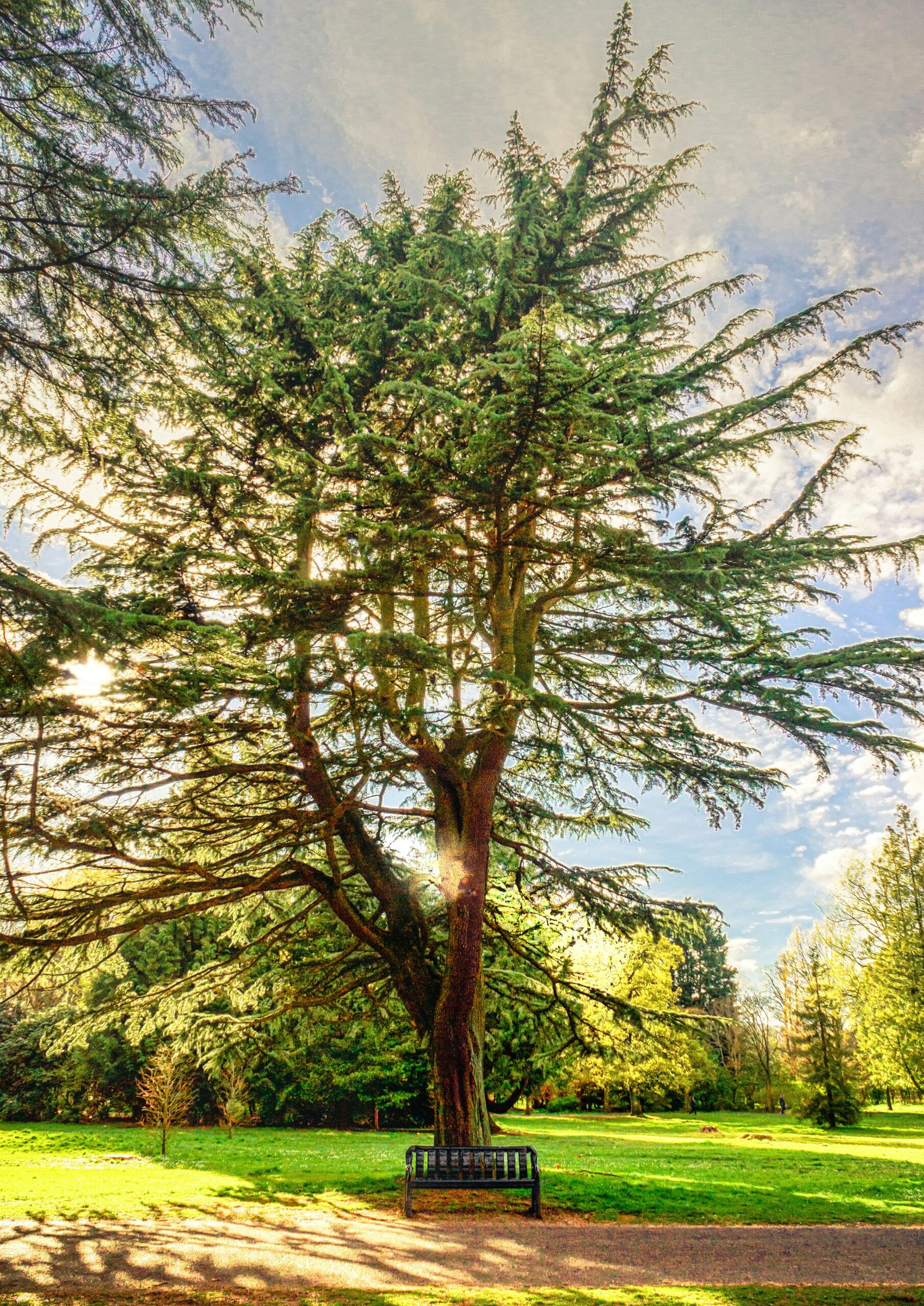
Fighting Tree Diseases in Dallas: Best Practices for Healthy Trees
Date June 11, 2024
Dallas, Texas, is home to a diverse range of tree species, from majestic oaks to delicate elms. However, the urban environment, coupled with the unique climate conditions of the region, makes these trees susceptible to various diseases. Maintaining the health of urban and residential trees is crucial for homeowners who want to preserve the beauty and environmental benefits that trees provide. This article explores effective strategies for managing and preventing tree diseases unique to the Dallas area. For expert tree disease management in Dallas, trust TreeNewal—serving the Dallas and Fort Worth Metroplex since 2017.
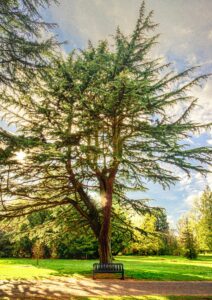
Understanding Common Tree Diseases in Dallas
Before delving into prevention and management strategies, it’s essential to understand the most common tree diseases in the Dallas area:
- Oak Wilt: A deadly fungal disease affecting oak trees, particularly live oaks and red oaks.
- Hypoxylon Canker: A disease caused by a fungus that typically infects stressed trees, leading to the decay of branches and trunks.
- Anthracnose: A fungal disease that causes dark, sunken lesions on leaves, stems, flowers, and fruits of various tree species.
- Bacterial Leaf Scorch: A bacterial disease that affects many shade trees, including oaks and elms, causing leaves to turn brown and die.
Prevention Strategies
Preventing tree diseases is always more effective and less costly than trying to cure them. Here are some key prevention strategies:
- Proper Tree Selection
Selecting the right trees is a foundational step in preventing tree diseases. Homeowners should prioritize disease-resistant tree species and varieties that are well-suited to the specific climate conditions of the Dallas area. This involves understanding the unique environmental factors, such as temperature variations, humidity levels, and soil types, that can influence tree health. Consulting with local arborists or tree care professionals is highly recommended, as they possess the expertise to guide homeowners in choosing the best trees for their specific location and soil conditions. These professionals can provide invaluable insights into which species are most likely to thrive and resist diseases, ensuring that the selected trees contribute to a healthy, vibrant urban forest. By investing time and effort in proper tree selection, homeowners can significantly reduce the risk of disease and enhance the overall resilience and beauty of their landscapes.
2. Planting Techniques
Planting trees correctly is crucial to their long-term health and disease resistance. One of the most important aspects of proper planting is ensuring that trees are planted at the correct depth. Planting too deeply or too shallowly can lead to root girdling, where roots begin to encircle the trunk, eventually constricting growth and leading to significant stress factors that make trees more susceptible to diseases. Additionally, it is vital to ensure adequate spacing between trees. Proper spacing promotes better air circulation, which helps to keep foliage dry and reduce humidity levels around the leaves. This decreased humidity can inhibit the growth of fungi and other pathogens that thrive in moist environments. By paying attention to these details during the planting process, homeowners can foster healthier trees that are better equipped to resist diseases and thrive in the Dallas climate.
3. Regular Maintenance
- Prune trees correctly to remove diseased or dead branches, improve air circulation, and reduce disease risk.
- Water trees deeply and infrequently, mimicking natural rainfall patterns, to avoid water stress.
- Mulch around trees to retain moisture, regulate soil temperature, and reduce weed competition.
4. Soil Health
- Test soil regularly to monitor pH levels and nutrient availability.
- Amend soil with organic matter to improve drainage and root health.
- Avoid compacting soil around trees, which can stress roots and make trees more susceptible to diseases.
5. Integrated Pest Management (IPM)
- Implement an IPM program to monitor for pests and diseases regularly.
- Use biological controls, such as beneficial insects, to manage pest populations.
- Apply chemical treatments judiciously and only when necessary to minimize environmental impact.
Management Strategies
When prevention fails, early detection and effective management are crucial to mitigate the impact of tree diseases. Here are some management strategies:
1. Regular Inspections
- Conduct regular inspections of trees, especially during the growing season, to detect early signs of disease.
- Look for symptoms such as leaf discoloration, wilting, cankers, and abnormal growth patterns.
2. Prompt Removal of Infected Trees
- Remove and properly dispose of severely infected trees to prevent the spread of disease to nearby healthy trees.
- Sterilize pruning tools between cuts to avoid transferring pathogens.
3. Fungicide and Antibiotic Treatments
- Apply fungicides or antibiotics as recommended by a tree care professional to manage specific diseases.
- Follow label instructions carefully to ensure effective and safe application.
4. Pruning and Sanitation
- Prune out diseased branches promptly and dispose of them properly.
- Sanitize pruning tools and equipment to prevent spreading pathogens.
5. Professional Help
Seek assistance from certified arborists or tree care companies, such as TreeNewal, for diagnosis and treatment recommendations.
Consider tree relocation services for high-value trees at risk of infection in their current location.
Specific Disease Management Techniques
Oak Wilt
- Prevention: Avoid pruning oaks during the active disease season (February through June).
- Management: Use systemic fungicides and create root barriers to prevent the spread of the disease through root grafts.
Hypoxylon Canker
- Prevention: Reduce tree stress by maintaining proper watering, mulching, and pruning practices.
- Management: Remove infected trees and improve overall tree health to resist infection.
Anthracnose
- Prevention: Select resistant tree species and varieties, and ensure proper spacing and air circulation.
- Management: Apply fungicides in the early stages of the disease and practice good sanitation by removing fallen leaves and infected branches.
Bacterial Leaf Scorch
- Prevention: Maintain tree vigor through proper watering, fertilization, and mulching.
- Management: Use antibiotics to manage the disease and remove severely infected trees to prevent spread.
Community Involvement
Community involvement plays a vital role in managing and preventing tree diseases in urban areas. Here are some ways homeowners can contribute:
- Education: Participate in local workshops and seminars on tree care and disease prevention.
- Collaboration: Work with neighbors to monitor and report signs of tree diseases in the community.
- Advocacy: Support local initiatives and policies aimed at preserving and enhancing urban tree canopies.
Conclusion
Effective management and prevention of tree diseases require a combination of proactive measures, early detection, and appropriate treatments. Homeowners in the Dallas area can maintain the health of their trees by following best practices in tree selection, planting, maintenance, and disease management. By working together with local arborists and the community, it’s possible to preserve the beauty and benefits of urban and residential trees for generations to come.
For more information and professional assistance, consider reaching out to TreeNewal, a trusted tree care service provider in the Dallas and Fort Worth Metroplex. Their expertise in tree relocation, surveys, and disease management can help ensure the health and longevity of your trees.
